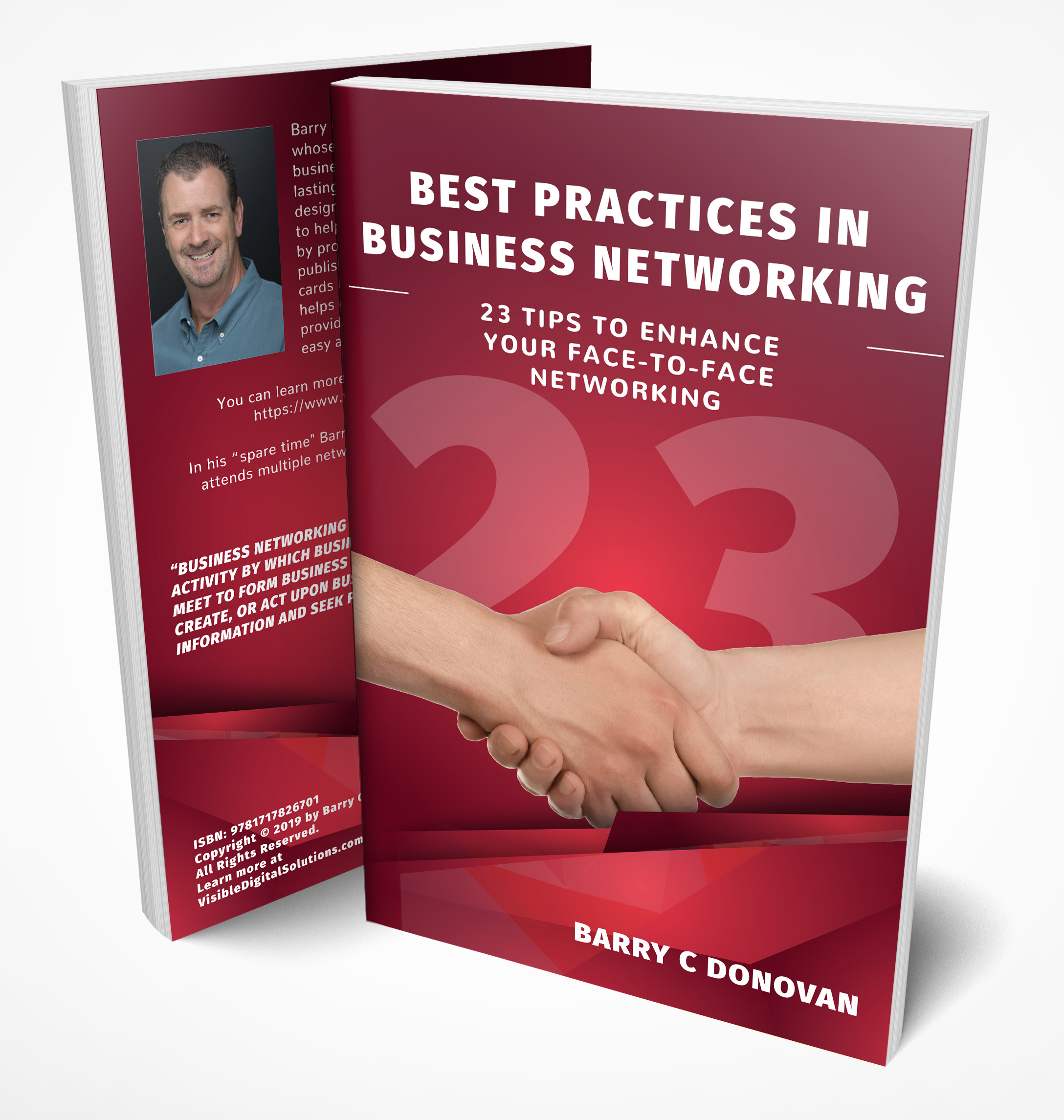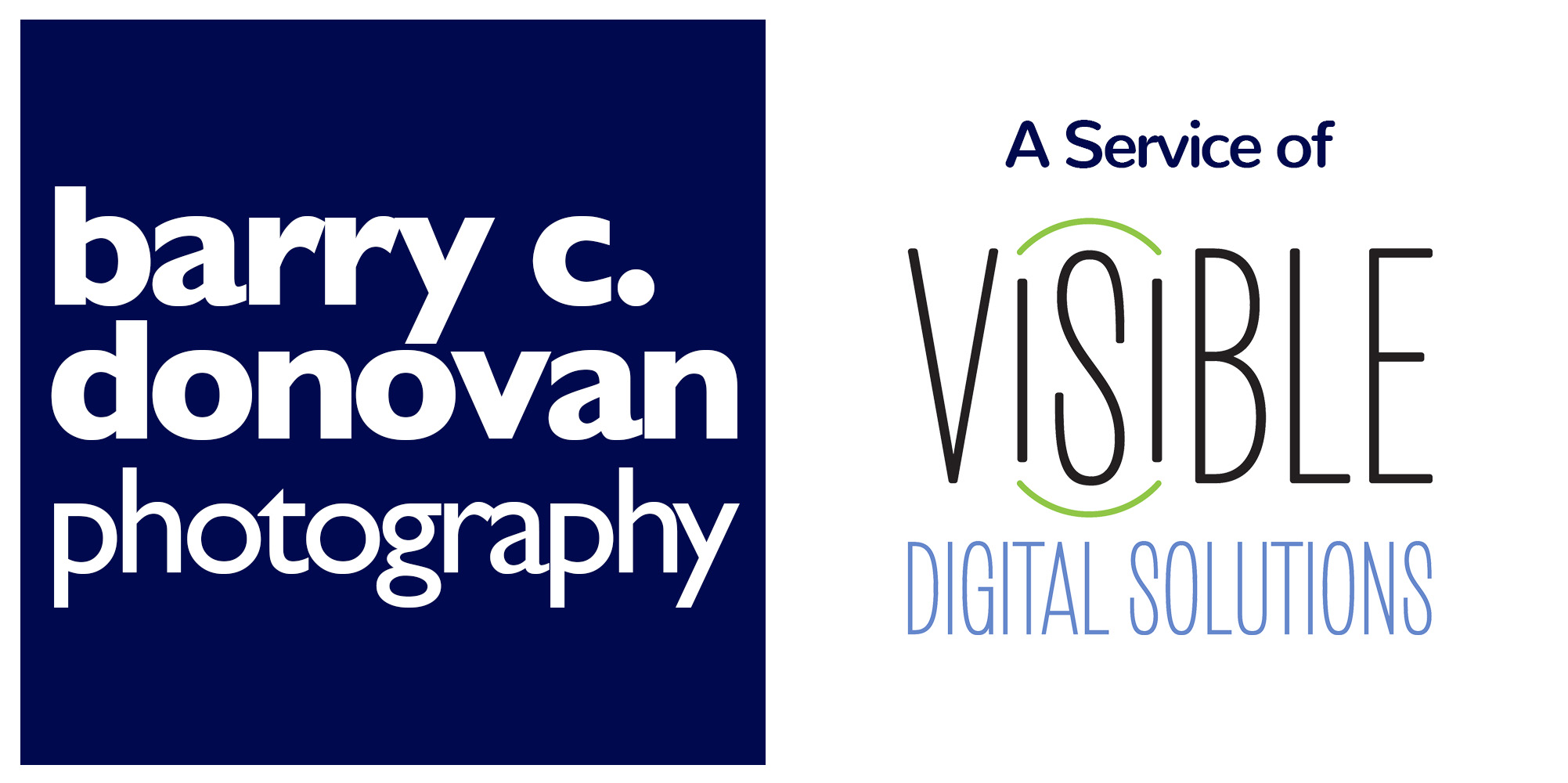
Business Networking Part I - Before You Go
Click the audio file above to listen to our podcast, or read the post below.
Introduction
“Business Networking - a socioeconomic business activity by which businesspeople and entrepreneurs meet to form business relationships and to recognize, create, or act upon business opportunities, share information and seek potential partners for ventures.” – Wikipedia
There are basically two types of business networking – Informal and Lead Centric. Informal refers to events, activities and meetings at which participants seek to meet other business professionals whereby no requirements are made of the participants to provide referrals or leads. Lead Centric is whereby members agree to meet on a regular basis with the specific purpose of exchanging leads with each other.
Both informal and formal business networking are important tools in building relationships and promoting your business. However, your time is valuable and in order to get the most out of your networking experience, you should be aware of several key items or best practices.
In this three part series on business networking, I have divided this information into three articles:
1. Preparation – Before You Go
2. Show Time – At the Event
3. Follow Up – After the Event
To simplify things, when I refer to an “event” throughout this document I am using a generic term to encompass events, meetings or activities.
So let's get started with Part 1
Preparation – Before You Go
Do Your Homework
Value your time. Research the types of groups/events that are right for you. Look for groups that you feel will give you an opportunity to meet people who may be connected to the types of people/business that fit your target market. Additionally, seek out groups/events that you sense will be fun to attend and or be part of. Don’t waste your time with those that do not meet your needs.
If possible, research the attendees ahead of time. Many conferences provide attendees with lists prior to the events. Also, meetup groups show you who has RSVP’d for a meeting. Look over these lists and pick out 5 or so key people you would like to meet. Write their names on the back of your business card and put it in your pocket. These are your “targets” for the event! Don’t forget to include the organizer/host(s) of the event, as they most likely are well-connected and wield some strong influence.
Don’t forget LinkedIn (or Google)! Do a search and gather a few tidbits about each of the people you want to meet. You can use them in your conversation starters (see below).
Set Your Goals
Regardless of whether or not you can access the attendee list, you should set your goal of the number of people you would like to meet (make it quality over quantity). Make your overall goal to consciously be a “giver” and help those you meet first and foremost.
Mark West, Communication Geek at Elevated Speaking says, “Have a goal in mind when you network. That goal can be any purpose, finding power partners, clients or fun. Before you attend the event develop a set of questions to help you more toward that goal. Getting others talking is the fastest way to find what you are looking for.”
Plan For The Event
Once you identify an event put it on your calendar immediately. Be sure to note the start time and location. If you are unfamiliar with the location look it up on Google and note the best way to get there. (Tip: With your phone, take a photo of the map with the meeting location and zoom into the streets directly around it. This will come in handy when you are in a rush and can’t use your GPS). Also, DON”T BE LATE! Arriving a bit early may give you a chance to meet the host/organizer before it gets crazy. The host/organizer will most likely offer to introduce you to others as they arrive or during the meeting.
Conversation Starters
The Boy Scouts of America’s motto is “Be Prepared” and that goes for networking events as much as anything else. To ease the stress of walking into a room full of strangers, consider having a few planned questions that you can ask to open up the conversation with someone. Here are a few suggestions:
Mark E. Sackett in his TEDxFulton Street talk suggests you focus on the W’s. Who are you? Where are you from? What do you do for a living or what would you like to be doing? Why, specifically did you come here today? What are you passionate about – what makes you jump out of bed in the morning?
Some other starters might include; “I saw that you also worked with or are a member of so and so…”; “How long have you been a member of this group/organization.”; “What do you love most about your job?”; If food is at the event, perhaps try “have you tried the XYZ” or “I am going to grab a bite to eat you would you care to join me?”; Topics of the day work well too – “Did you see the news about (blank) today?” (try to avoid politics if possible); “How did you get into your line of work?”
Your USP (Unique Selling Proposition) - :30 Second Elevator Intro
Being able to answer the question – “So what do you do?” in a relaxed and confident manner is important. I am not going to go over how to write your :30 intro, but here are a few resources to check:
https://www.mindtools.com/pages/article/elevator-pitch.htm
https://www.thebalance.com/elevator-speech-examples-and-writing-tips-2061976
https://articles.bplans.com/the-7-key-components-of-a-perfect-elevator-pitch/
My abbreviated answer to the question (for my photography business), “so what do you do?” is “I capture life’s passions and create lasting memories through printed photographic wall art.” The next logical question someone would ask me is “how do you do that?” and I would proceed to talk about the ways in which I accomplish it.
HOMEWORK: If you don’t have your USP or :30 Intro you can use, work on one now.
First Impressions
You only have a few seconds to make a great first impression, so be sure to dress for the occasion. Being a “creative type” I understand the desire to dress down a bit and buck the system (having worn a jacket and tie for decades), however if the event dress ranges from business to business casual try to meet at least the minimum standard.
In addition to your attire, be sure your business card reflects you and your brand in highly positive light. Printed cards are inexpensive these days and you can get 500 high quality cards (paper quality) for under $50. If you use your photo on the card, be sure it is up to date and taken by a professional. Don’t skimp on the photo and remember you can use it on your LinkedIn account as well.
If you want to stand out from the crowd you might consider a digital business card. There are various forms on the market ranging from free to custom-designed. If you are interested in a digital card check out my previous ebook “Digital Business Cards Best Practices Revealed” here.
TIP or DYK: When putting on your name tag, be sure to place it on your right chest area not the left. When shaking hands with someone, the natural tendency is to look toward their right side.
Look for Part II of this series coming in the next week or so.
Cheers,
Barry "Custom-Designed Digital Business Card" Donovan
